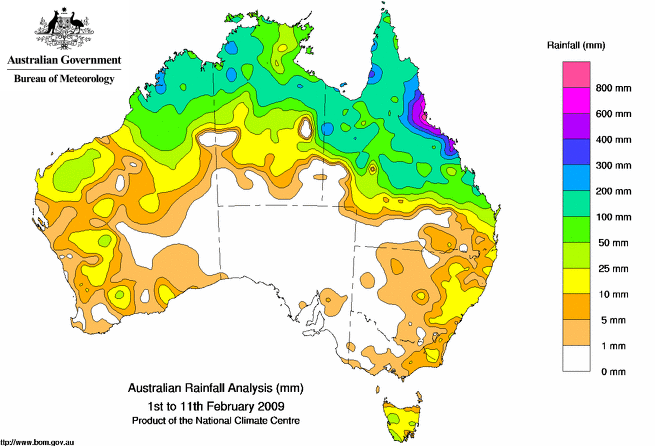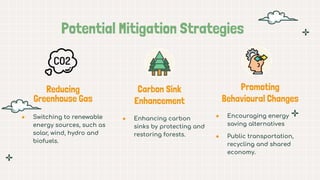Australia is renowned for its diverse geography, which culminates in a striking variety of climates across the continent. From arid deserts to lush rainforests, the climate of Australia is as multifaceted as its landscapes. Understanding this climatic disparity is crucial for travelers, environmentalists, and anyone with an appreciation for the natural world. As we delve deeper, this exploration will reveal how Australia’s climate shapes its unique ecosystems and influences human activity.
Australia’s climate is determined by a variety of factors, including latitude, altitude, and proximity to oceanic bodies. Given its expansive size, Australia can be divided into several climatic zones, each exhibiting distinct characteristics and environmental conditions.
One of the most significant zones is the arid desert region, primarily located in the interior of the country. This area, known as the Outback, covers a vast portion of Australia and exhibits high temperatures and low precipitation levels throughout the year. The average annual rainfall in these regions can be below 250 mm, leading to stark landscapes, sparse vegetation, and a unique set of flora and fauna that are specially adapted to survive in such rigorous conditions.
Notably, the Simpson Desert and the Great Sandy Desert are prime examples of Australia’s arid regions. Temperatures can soar during the day, often exceeding 40 degrees Celsius in summer, but can plummet at night, leading to dramatic temperature fluctuations. This climate fosters resilient species like spinifex grasses and various hardy shrubs, alongside iconic wildlife such as kangaroos, lizards, and numerous bird species adapted to life in the extreme.
Transitioning eastward, the climate begins to shift toward more temperate conditions. The coastal regions, particularly those in the southeast, experience a moist subtropical climate, which is markedly different from the inland deserts. This zone benefits from the moderating influence of the ocean, resulting in milder winters and more comfortable summers.
Bordering the coastal regions are lush temperate forests, which flourish due to higher precipitation levels, reaching upwards of 1,500 mm annually. These forests are rich in biodiversity, with towering eucalyptus trees dominating the landscape. Such forests serve as critical habitats for diverse wildlife, including koalas and various bird species that thrive in these nutrient-rich environments.
At the southeastern tip of the continent lies Tasmania, an island state renowned for its cool temperate climate and extraordinary natural beauty. The combination of mountains, forests, and wetlands creates a mosaic of habitats that nurture unique ecosystems. Tasmania’s climate is characterized by its cool winters and mild summers, making it a haven for nature enthusiasts and a focal point for conservation efforts.
As we progress towards the northern regions, the climate evolves into a tropical environment. Northern Australia, particularly Queensland, experiences a tropical savanna climate, featuring distinct wet and dry seasons. The wet season, occurring between November and April, can bring intense rainfall and occasional tropical cyclones, while the dry season offers warm, sunny days and cooler nights.
This tropical climate fosters expansive rainforests teeming with life. The Daintree Rainforest, for example, is one of the oldest rainforests in the world, boasting an incredible array of plant and animal species. The high humidity and consistent temperatures in these regions create prime conditions for both flora and fauna, resulting in vibrant ecosystems that are crucial to Australia’s biodiversity.
Climate change poses a significant threat to many of Australia’s ecosystems and climatic zones. With rising global temperatures, the frequency and intensity of extreme weather events are predicted to escalate, further exacerbating droughts in already dry regions and contributing to the degradation of sensitive ecosystems. Rainforests, which are particularly vulnerable, may face irreversible changes, impacting species that inhabit these crucial environments.
Addressing the concerns of those looking to understand Australia’s climate helps hone their travel plans and environmental awareness. Whether you are planning a visit to the diverse national parks or simply keen on understanding climate impacts, comprehending Australia’s multifaceted climate will undoubtedly enrich your experience. Those wishing to traverse the arid Outback should prepare for extreme temperatures and carry adequate hydration, while explorers heading to the tropical north should be ready for sudden downpours and high humidity.
In an age where climate change is reshaping our planet, discerning the climate of Australia is paramount. It serves not only as an essential aspect of nature but as a vital indicator of broader environmental trends. By understanding these climatic variations, we can better appreciate the complexity of Australia’s ecosystems and the myriad of influences shaping them, from human activities to the ever-changing climate.
Ultimately, Australia’s climate, with its striking contrasts and dynamic weather patterns, is not merely a backdrop for adventure, but a compelling narrative of adaptation, survival, and the pressing need for environmental stewardship. By embracing the knowledge of what constitutes Australia’s climate, we arm ourselves with the awareness necessary to protect this unique continent and its invaluable landscapes for future generations.








